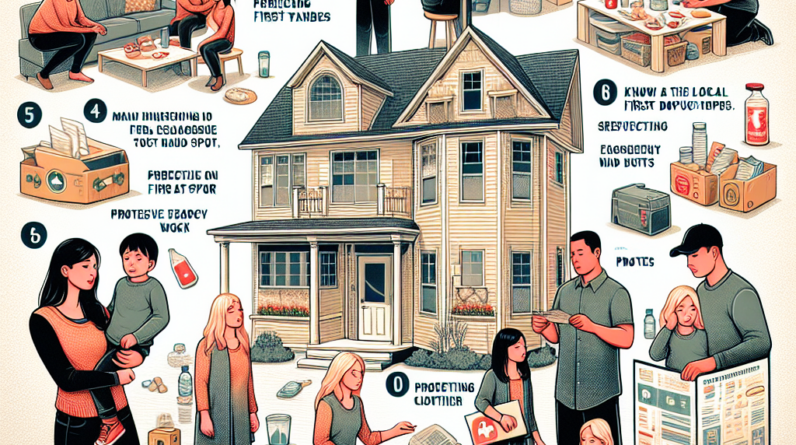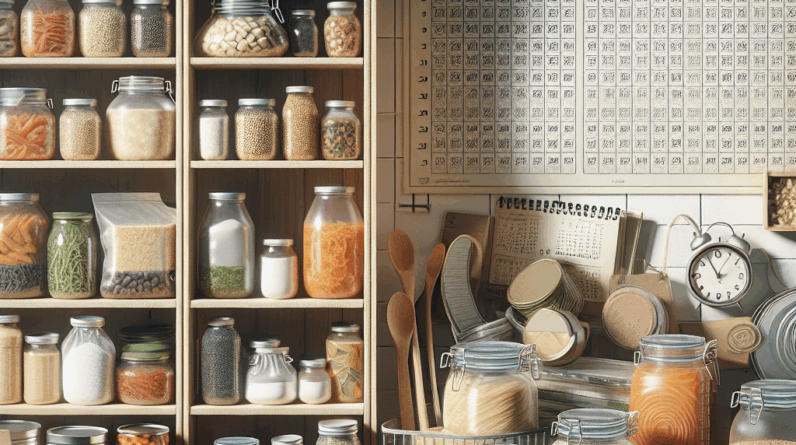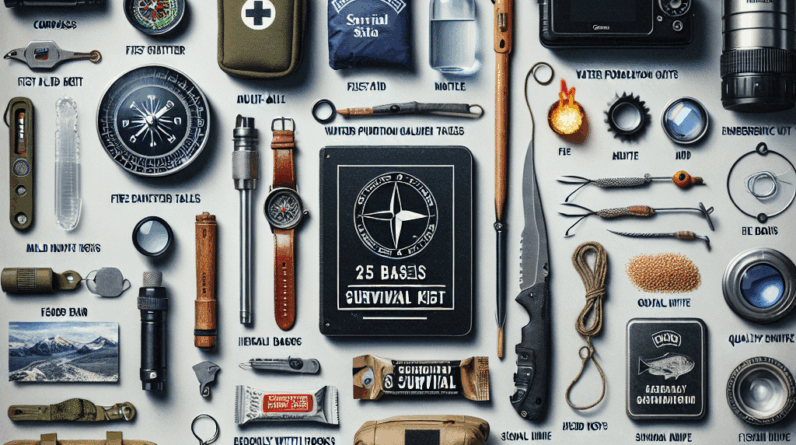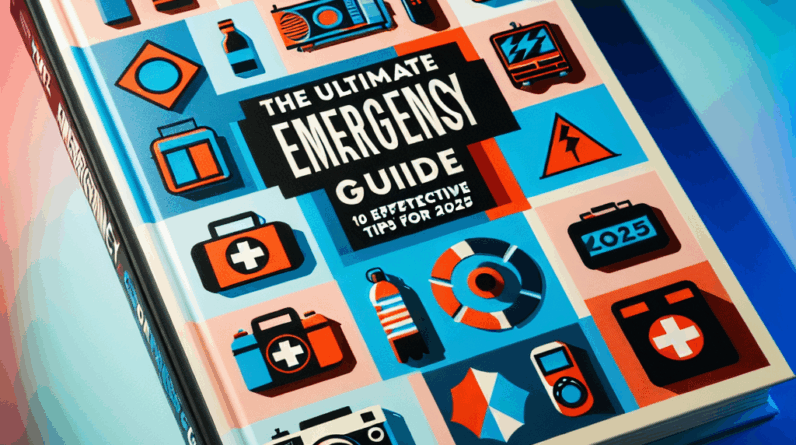
Understanding the potential emergencies specific to your locality is the first step in effective preparation. This involves identifying common natural disasters or crises, such as hurricanes, earthquakes, or floods, that could affect your area. I remember the chaos of not being ready for a severe tornado warning! It’s vital to research and talk with local residents and authorities to gauge the frequency and severity of these events. Moreover, revisiting this assessment regularly is crucial as new threats can emerge, like wildfires becoming more prevalent in previously unaffected areas.
Assess Local Risks
First and foremost, recognizing the types of emergencies your region is prone to is critical for tailored preparedness. From hurricanes and earthquakes to floods, understanding these risks shapes effective planning. I recall the sheer panic during a severe tornado warning due to unpreparedness. Researching historical data and conversing with locals can provide deeper insights into these threats.
Engage with neighbors and local officials to better understand potential emergencies. Often, long-time residents have invaluable knowledge not captured in statistics. Compile a comprehensive list of possible crises and ensure all family members are familiar with them.
It’s also wise to periodically reassess your local risks. Conditions change, and hazards like wildfires might emerge as new threats. Staying informed helps in keeping your preparations current and your family safe.
Consider Family Health Needs
Tailoring your preparedness plans to accommodate the health requirements of your family members is crucial. This includes managing chronic conditions, allergies, or specific dietary needs by stocking up on necessary medications like inhalers or EpiPens.
Building a customized medical kit is essential. This should contain all necessary prescriptions, first aid supplies, and contact information for doctors and medical facilities. Regular checks and updates to this kit ensure its reliability in an emergency.
Don’t overlook the needs of your pets. Ensure their well-being by preparing a pet-specific plan that includes food, medication, and emergency veterinary contacts. Pets are an integral part of many families and should be included in your preparedness strategy.
Establish Communication Plans
Effective communication is crucial during emergencies and setting up a robust plan beforehand can significantly ease stress. Multiple communication methods are advisable since standard options like phones might be unavailable.
Identify a safe, easily recognizable meeting point for all family members. In case technology fails, this location will serve as a reliable rendezvous point. Educating children on emergency meeting spots is particularly important for their safety.
Conduct regular communication drills with your family. These not only enhance preparedness but also provide a fun way to strengthen family bonds. Running through these scenarios ensures everyone knows what to do when actual emergencies occur.
Essential Supplies
Begin assembling your emergency kit by prioritizing essential items. Water is a top necessity, and storing at least one gallon per person per day for a minimum of three days is recommended.
Focus next on non-perishable food items that your family prefers, ensuring both nourishment and comfort during stressful times. Also, include practical items like batteries, flashlights, and multi-tools, which can be indispensable in various emergency situations. Comfort items such as books or toys can also provide emotional relief.
Keep Everything Updated
Once your emergency kit is assembled, maintaining its relevance over time is essential. Regular reviews, at least bi-annually, help in keeping the supplies fresh and useful.
Pay special attention to hygiene products like soap and hand sanitizer. Also, ensure all important documents are safely stored in waterproof containers to prevent damage during disasters.
Practice with Your Family
Engage your family in regular emergency drills to build familiarity with the emergency procedures. This practice not only prepares them for actual emergencies but also highlights any areas in your plan that may need adjustment.
Incorporating fun elements like role-playing can make these drills enjoyable and memorable, ensuring that everyone, especially children, learns important survival skills in an engaging way.
Set Plans for Different Scenarios
Discussing and mapping out specific actions for various emergencies can empower your family members. Visual aids and role-specific tasks tailored to each family member’s age and ability ensure clarity and confidence in executing the plan.
Consider different scenarios, such as emergencies occurring while family members are at work or school, and establish clear protocols for these situations. Having a well-thought-out plan provides a structured response in chaotic times.
Test Your Plan
Regularly testing your emergency plan through drills helps in refining it and building your family’s confidence. Making these tests competitive, like timing them, adds an element of fun and motivation.
Adjust your plan based on the outcomes of these drills to address any practical challenges encountered. This ongoing refinement ensures your preparedness strategy evolves and remains effective.
Involve the Whole Family
Involving all family members in the planning process makes preparedness a collective effort and enhances the sense of responsibility across all ages. Children, in particular, enjoy being part of the decision-making and can contribute creatively to the preparedness activities.
Celebrate your preparedness achievements to reinforce the importance and effectiveness of being proactive. This not only boosts morale but also ensures everyone values the safety protocols in place.
Embrace Technology
Leverage modern technology to enhance your preparedness. Apps that provide real-time weather updates and emergency alerts can be invaluable. Social media and online platforms are also useful for sharing information and staying connected with community efforts.
Continuously seek new knowledge on preparedness through online resources, workshops, and community programs. Staying informed and educated bolsters your ability to manage emergencies effectively.
Involve Community Resources
Utilize community resources like local centers and emergency services that offer training and support for emergency preparedness. Participating in community initiatives enhances your readiness and helps in building supportive networks.
Engaging with local emergency planning and response teams provides direct access to expert advice and resources, strengthening your overall preparedness.
Teach Your Kids
Educating your children about emergency preparedness should be interactive and continuous. Use practical demonstrations and storytelling to make the learning process engaging and impactful.
Encouraging children to share their knowledge with peers extends the learning process and fosters a community-oriented approach to preparedness.
FAQs
1. Why is emergency preparedness important for families?
Emergency preparedness is crucial as it equips families to handle crises with confidence and efficiency, reducing panic and ensuring safety. It fosters a controlled response to emergencies, which is essential for minimizing distress and harm.
2. What should be included in a family emergency kit?
A comprehensive family emergency kit should contain essentials such as water, non-perishable food, first-aid supplies, medications, batteries, flashlights, personal hygiene items, and important documents, all tailored to your family’s needs and preferences.
3. How often should we update our emergency plan and kit?
It is advisable to review and update your emergency plan and kit at least biannually. This ensures that all items are up to date and that the plan remains relevant to your family’s current situation and any new potential risks.
4. How can I involve my kids in preparedness efforts?
Make preparedness engaging for children by involving them in assembling the emergency kit, participating in drills, and discussing safety plans. Use creative methods such as games or storytelling to make learning about safety fun and memorable.
5. What community resources can help with emergency preparedness?
Local community centers, emergency management agencies, and neighborhood groups are valuable resources for emergency preparedness. They offer workshops, training sessions, and community support initiatives that can enhance your preparedness efforts.




